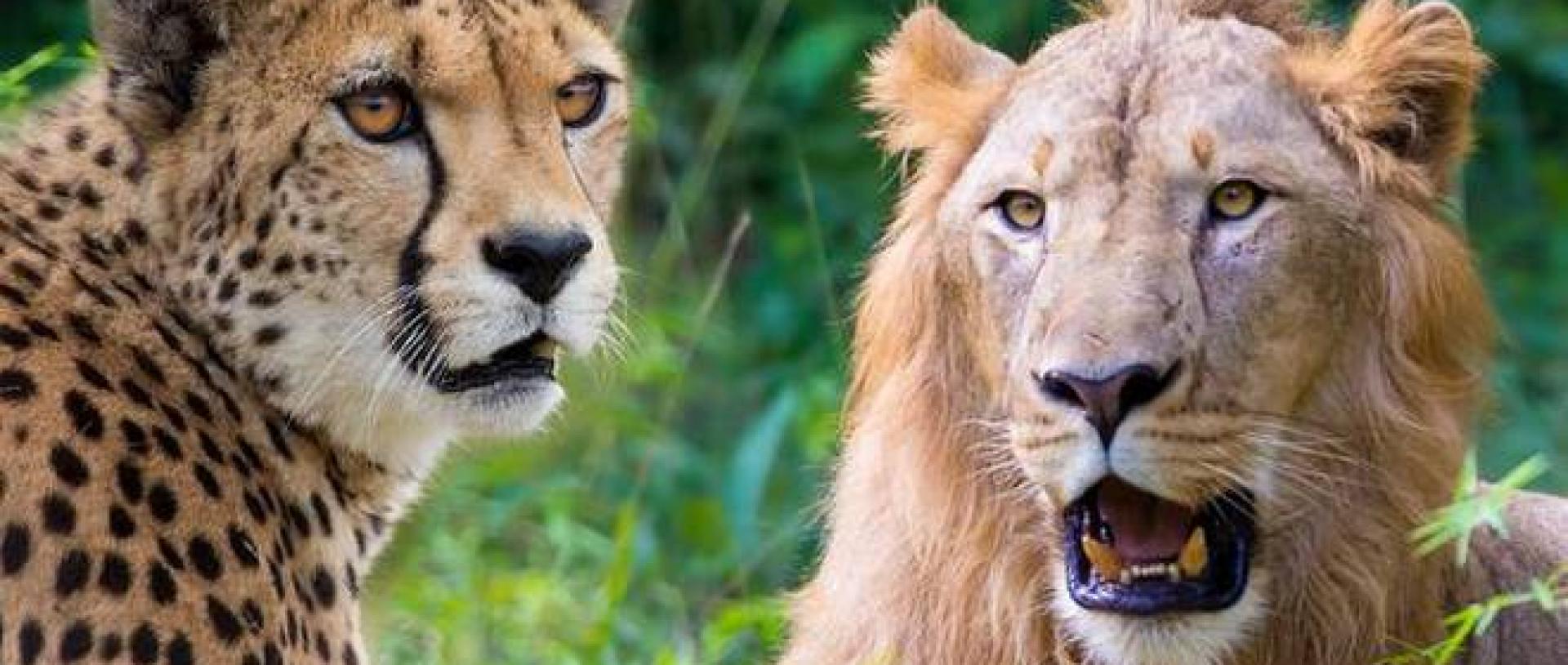The Hindu -
For centuries, four charismatic big cats co-existed in India. This is the story of two felines that are now, probably inadvertently, pitted against each other: the Asiatic lion and the African cheetah. Both lions and cheetahs came to the country through a process of natural dispersal from Africa thousands of years ago and roamed its drier and more open habitats. Cheetahs had a more extensive distribution than lions — there are no records of lions occurring south of the Narmada River, but Asiatic cheetahs roamed most of India until they were hunted to extinction by 1947.
Now, plans are afoot to introduce the African cheetah in India: in five years, 12-14 adult cheetahs (8-10 males and 4-6 females) from countries in southern Africa will be released in Madhya Pradesh’s Kuno National Park, the same site that scientists have already identified to reintroduce the Asiatic lion, which had a close brush with extinction in the late 1800s and early 1900s, to mitigate risks and enhance the conservation status of the species that is now restricted to a single population in and around Gir forest in Gujarat... Read More




